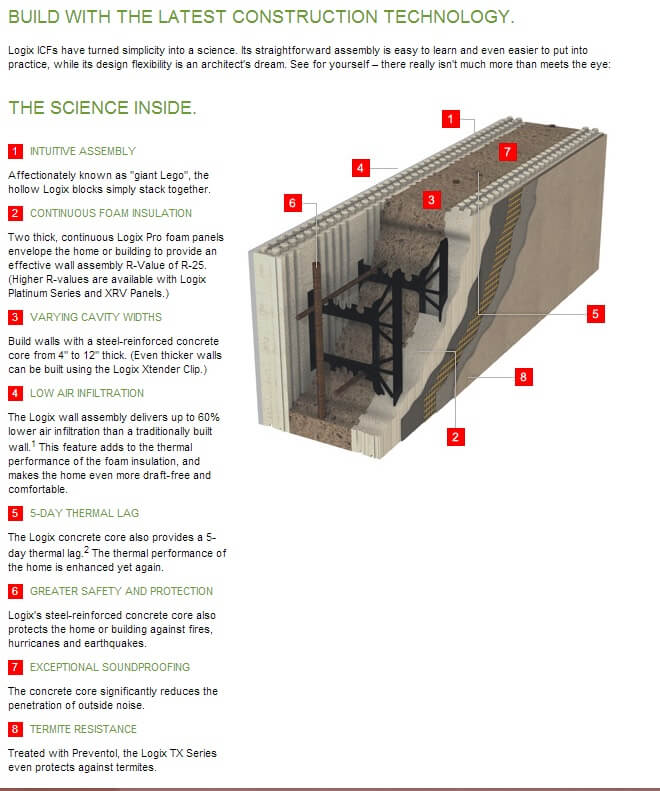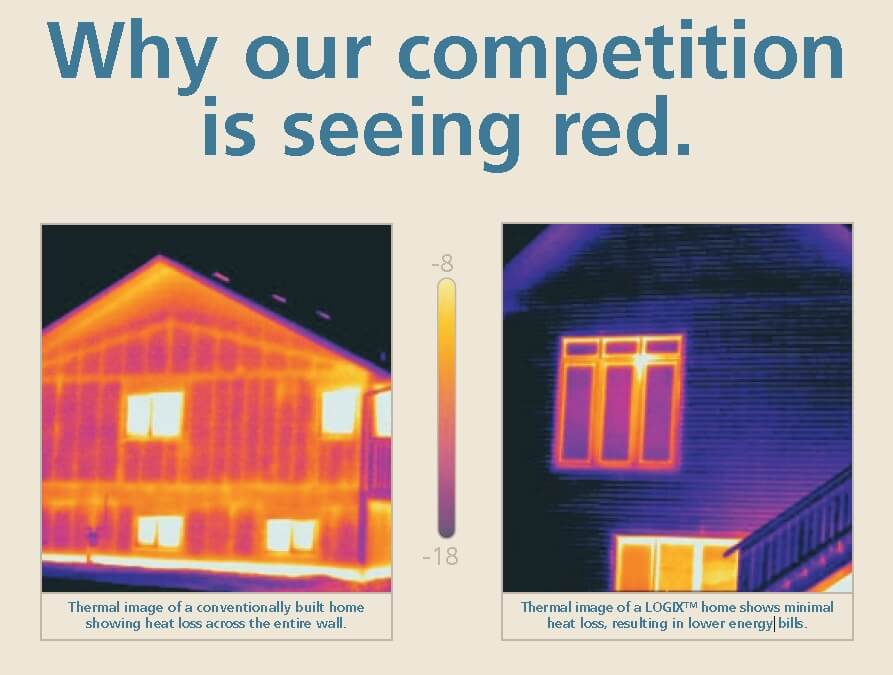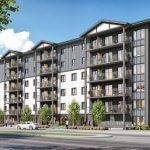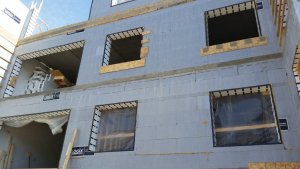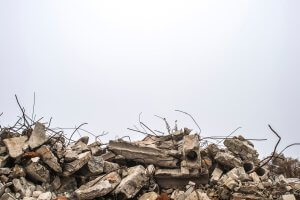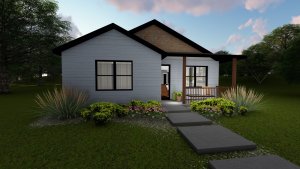Stone, concrete and adobe have been used for centuries as building materials. These materials are strong and durable.
Indians in the Southwest USA also discovered that adobe was well suited to moderate fluctuating temperatures. The solid mass could absorb excess heat of the hot sunny days, and then release that heat energy into the cool nighttime air. Unfortunately, for the castle builders in Europe, the outdoor temperature was usually colder than was comfortable on the inside, and there was no central heating. The stone walls made for good beer cellars, but poor living quarters.
Thus, in its basic form, the dynamic benefit of mass wall systems can moderate indoor temperatures if the climate has big diurnal temperature swings.
The key word here is ‘moderate.’ Adobe dwellings still tend to be quite chilly in the morning, and stay cold in the winter. Modern folk expect a much more constant temperature.
Enter the invention of insulation. Insulation adds another buffer layer to the concrete mass. In LOGIX walls, insulation is placed on both sides of the building. This creates a time lag for the heat energy. The concrete still serves as a moderating force, creating a more consistent demand temperature. This, in turn, reduces the demand on the HVAC equipment to keep a very steady indoor comfort level. It saves on costs, and helps the equipment last longer.
The building code recognizes the benefit of thermal mass, and allows for a lower minimum R-value of insulation for mass walls. Not only for climates like Santa Fe, but other climates as well. Why is this?
The concrete layer of LOGIX is continuous – around the entire building and down to the foundation. Temperatures around these surfaces will vary, but the concrete will be in a thermodynamic quest to achieve equilibrium. So the temperatures will be even further moderated, and be even more effective in helping keep the indoors at a steady temperature. In short, the system is greater than the sum of the individual parts.
Concrete mass and insulation – a great combination.
